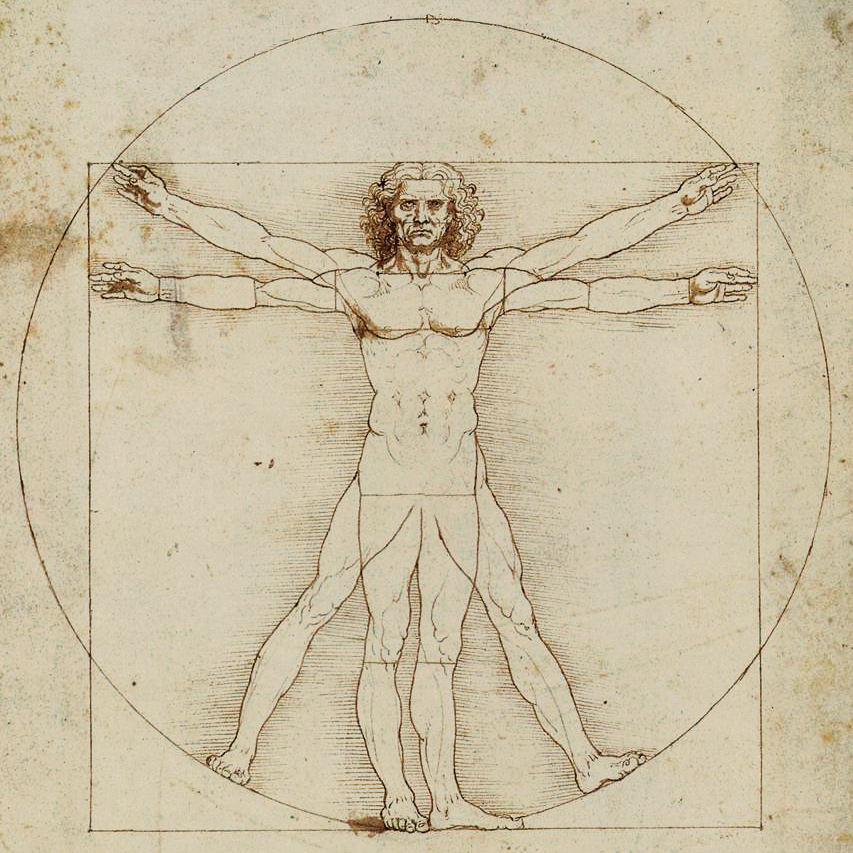For Individuals & Patients
The Siebens Health Care Notebook simplifies caring for yourself or a loved one.


The Siebens Health Care Notebook simplifies caring for yourself or a loved one.
Get trained and start using The Siebens Domain Management Model™ for a simple, comprehensive approach to handling patient care.

• Do you ever wonder if you are remembering your health information correctly?
• Do you get flustered by all the health information coming at you about your health?
• Do you wonder how your family will get access to your health information if you get sick?
Interested in why the user-friendly Notebook for Wellbeing & Health Care decreases confusion and is recommended by patients themselves?
• Do you get overwhelmed when patients have several interacting problems or topics of concern?
• Is there confusion in your health care team about what needs to be done by whom?
• Do patient problems/topics risk falling through the cracks given the pace of care?
Consider using the Siebens Domain Management Model as your simple evidence-based Organizing Framework.

Learn about the Domain Model (SDMM) Organizing Framework
Our mission is to address fragmented care through a practical, user-friendly, and whole person/patient-centered organizing framework.
Dr. Siebens’ 30+ years of direct patient care experience, clinical research, and medical directorships led her to create an organizing framework, decreasing confusion and empowering others to provide improved care.

"The Domains are a great leap forward, very very useful… easy to use and easy to adapt to the electronic records that are coming down the road… the initial database and the progress notes would all be in the format of the four domains."
RAND Corporation, California
2001

"The Model offers improved care and outcomes because the whole interdisciplinary team is empowered to manage all aspects of current and long-term care. It’s an excellent means for managing patient care." "…A win-win for everyone."
Clinical Professor, University of Miami Miller School of Medicine, Florida

"We can be running around, doing a lot, however missing the boat all together. It really simplifies to break items down into the SDMM’s four domains. Addressing one issue at a time can help solve other issues simultaneously."
Health Services Researcher, UCLA & VA Los Angeles, Neurology, California
A senior research leader suggested a blog on the Siebens Domain Management Model (SDMM) applied to individuals with dementia and their care partners. Here’s my follow-up.
The Model is an organizing framework for individuals’ health-related issues. Originating from my own patient care, the Model’s four domains guided me and our teams’ care. Cognitive problems were frequent concerns. We’d do assessments to identify issues for individuals and care partners (a dyad), problem solve collaboratively, and, together, prioritize a plan’s next steps. Here’s a snapshot of how the Model would apply:
Initially the Siebens Domain Management Model was a practical conceptual model (2001) used by me in crazy hectic day-to-day patient care. Now it’s a proven clinical organizing framework in the real world (see publications 2013-2022). The framework contributes to resolving fragmented health care since it is interdisciplinary. It’s applicable to any individual or person in any care setting. Everyone can be engaged, on a similar page, and contribute to addressing topics and solving problems.
Additionally, the self-care tool, the Notebook for Wellbeing & Health Care, revised based on our research, has evolved since 2001 into a beneficial niche process and product. It helps individuals manage their health care and, in the process, address issues that may affect their wellbeing and quality of life.
In this review, Dr. Kushner teamed up with Dr. Strasser, Professor, Department of Rehabilitation Medicine at Emory University School of Medicine who has devoted his career to studying team function. With colleagues, Dr. Strasser developed a theoretical team effectiveness model with measures. He created a team training intervention that improved stroke rehabilitation outcomes.
Years ago, a renowned researcher at Harvard advised us junior clinician-researchers that to complete research on a specific hypothesis/idea, we should plan to spend ten years. Ten years? She was right.
We’re happy to report another major application of the 4-domain Siebens Domain Management Model™ (SDMM™). Karen I Connor RN PhD MBA and her colleagues conducted a randomized trial of a proactive nurse-led care management intervention to improve Parkinson disease care.
Teamwork is now the name of the game in group endeavors. Google recently conducted Project Aristotle, a three-year study on teamwork, synthesizing its experiences along with previous research.
Please enjoy this new website and the encouraging growth it represents. Since launching in 2005, our team has further developed a framework for managing health and care - the Siebens Domain Management Model™ (SDMM™). It comprises 4 domains, each with a few sub-domains, structuring a simpler yet comprehensive approach to patient care.
Research results of a study with colleague Karen Connor PhD RN MBA and others are being written up.
An expert geriatrician recently listened to my TED-like talk. That 15-minutes summarized 25 years of work. It covered why and how I consult with health care organizations.
I just finished reading Dr. Atul Gawande's book Being Mortal. He explores how we fail to talk about death - those important and uncomfortable conversations between doctors and patients.
Here’s my first blog post. This not-so-new technology is magic to those of us familiar with the pre-internet era. Here's something from my background to address a first question I hear often: "Why are you doing what you're doing?!”
With entrepreneurial spirit in 2005 I started pursuing, full time, an idea that had emerged in 1992 as an “Ah Ha” moment, making it truly “fast”. While reading Peter Senge’s The Fifth Discipline about learning organizations, he pointed out the role of unconscious or subconscious mental models’ contributions to decision-making. Okay. Health care could benefit if it used a more conscious, whole person universal mental model of an individual’s health-related issues.
This mental Model has 4 domains: I Medical/Surgical Issues, II Mental Status/Emotions/Coping, III Physical Function, and IV Living Environment that together provide a whole picture to manage care. Individuals’/patients’ health-related issues are organized by these 4 domains. Flexibility leaves the details of topics and plans to the given clinician or team using the Model and the time available.